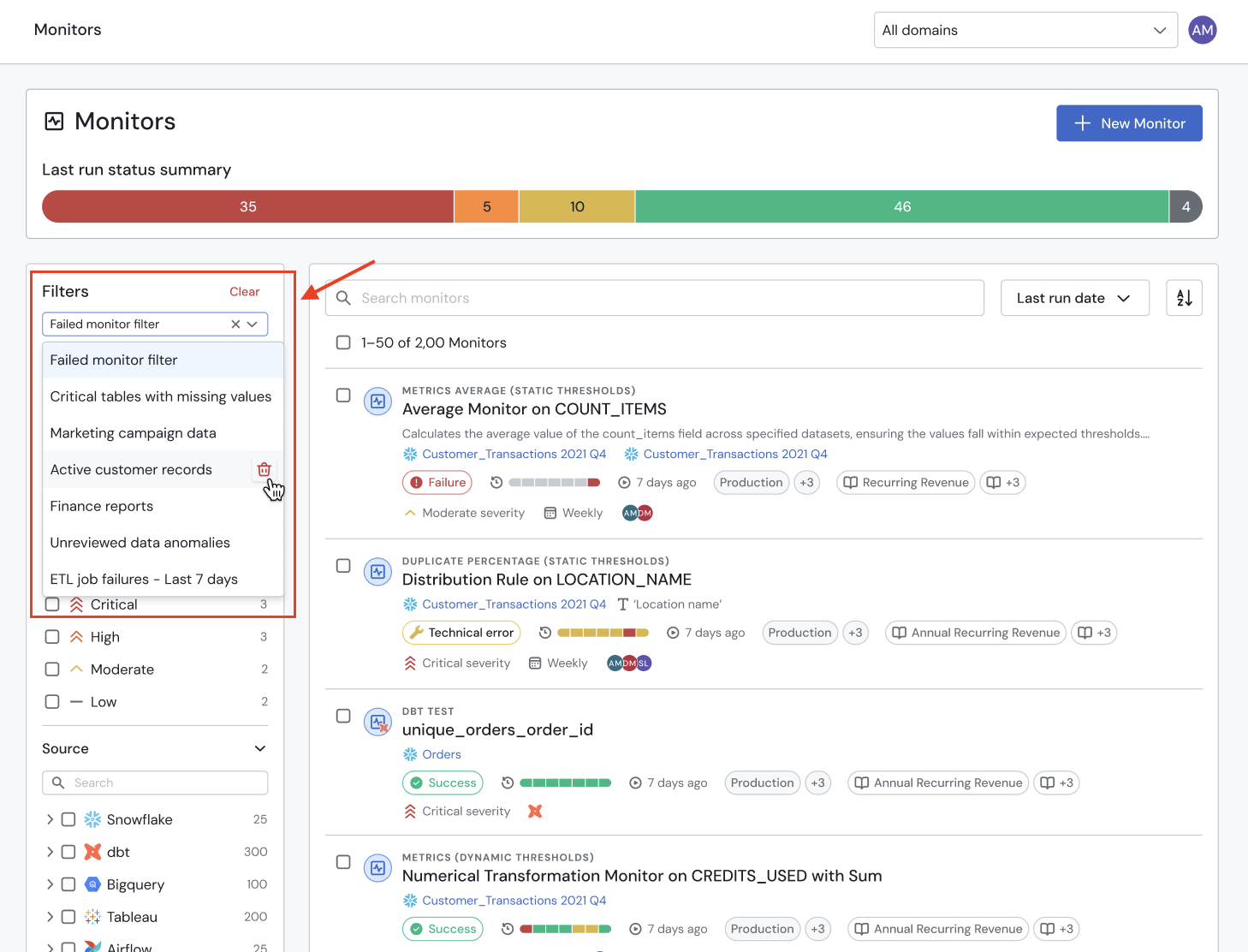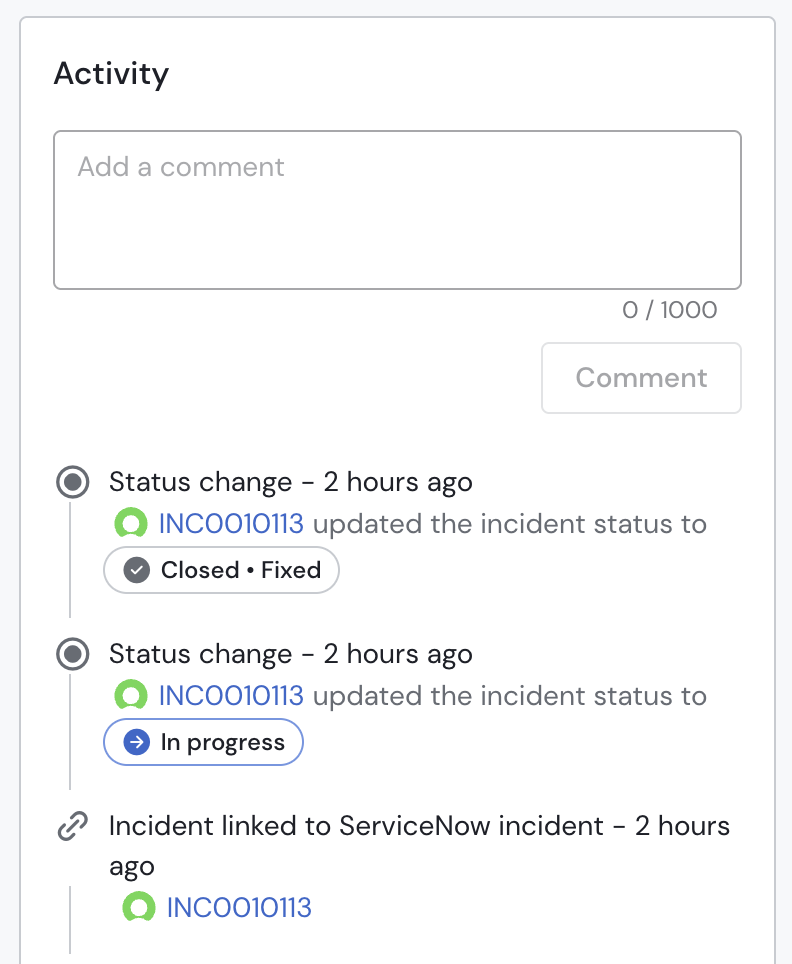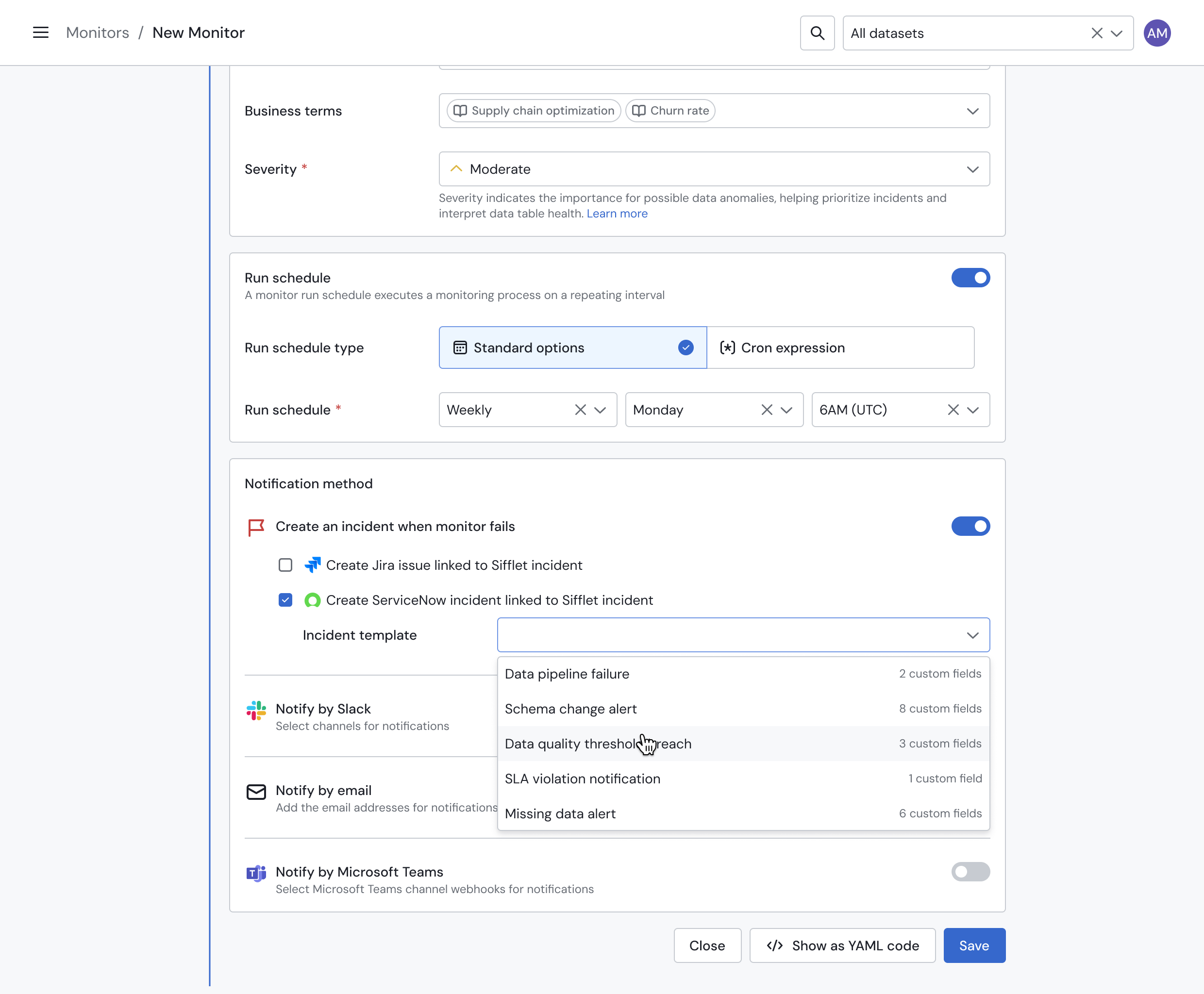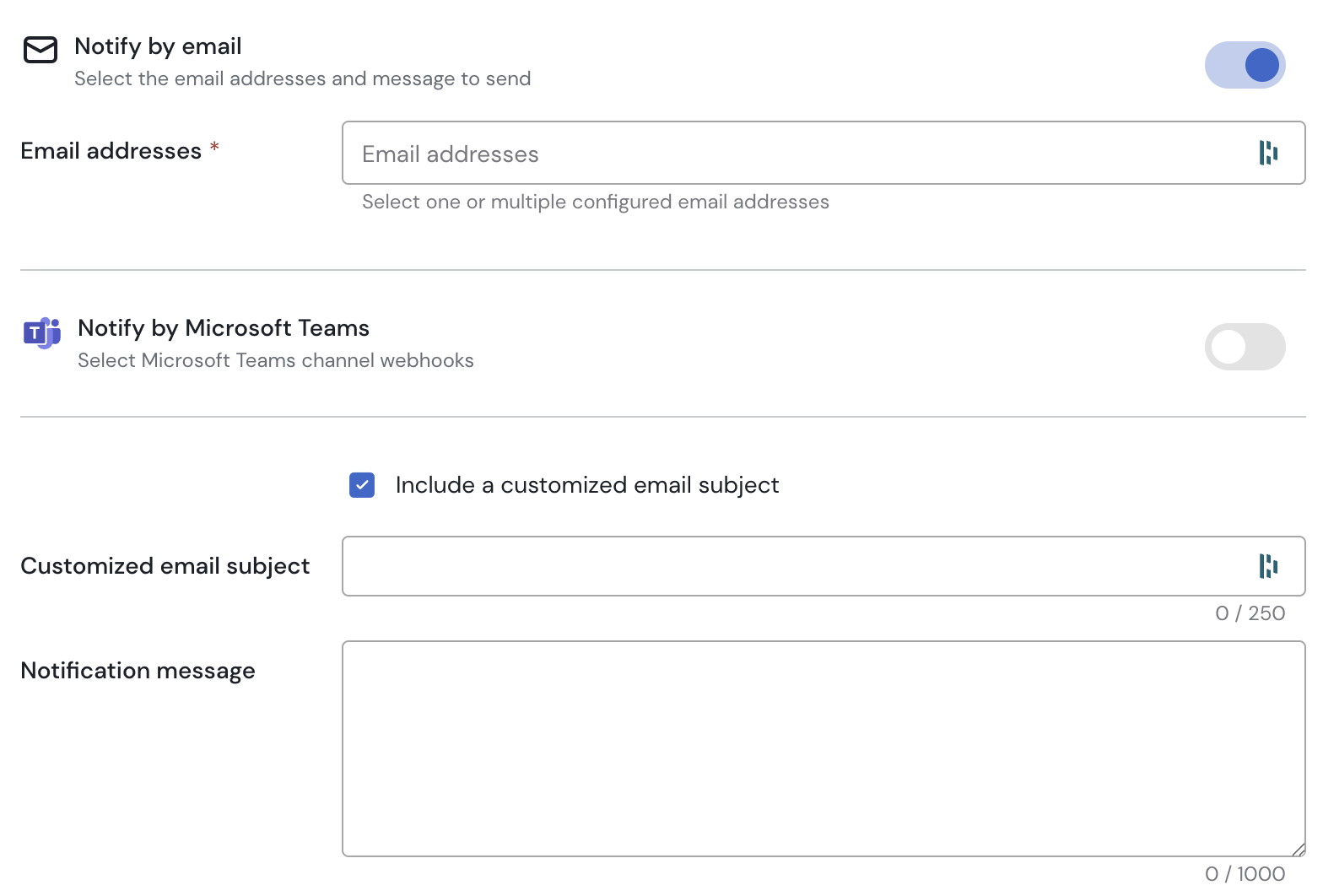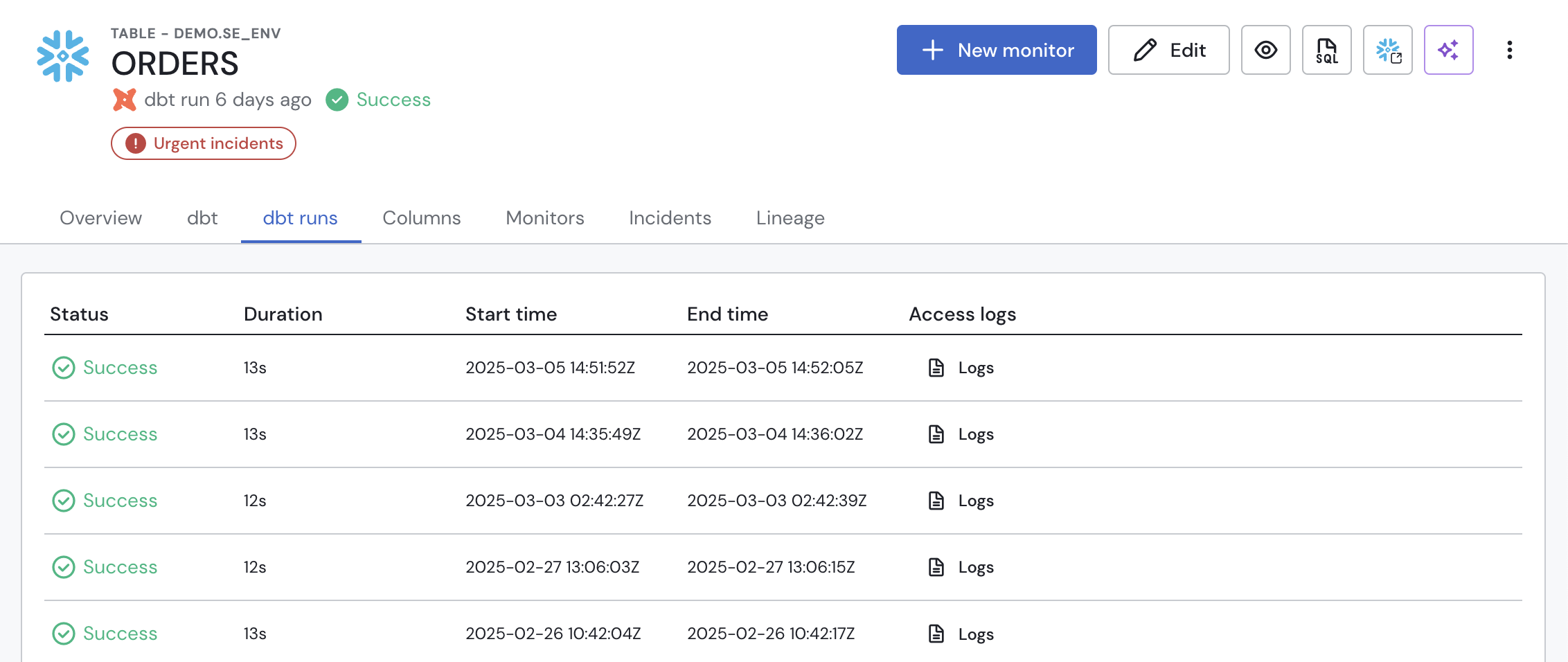Bonjour! Sifflet is Now Available in French 🇫🇷
by Mahdi KarabibenAs a company founded and headquartered in France, supporting our users in French is part of our DNA. We're incredibly proud and excited to announce that the Sifflet user interface is now fully available in French!
Now you can navigate, monitor, investigate, and manage your data observability directly en français.
- How to Switch: Changing your language preference is easy:
- Click on your User Profile icon located in the top-right corner of the Sifflet application.
- In the dropdown menu, locate the "Select Language" / "Choix de la langue" selector.
- Choose between "English" and "Français". The interface will update immediately.
We hope this makes the Sifflet experience even more accessible and comfortable for our French-speaking users!

